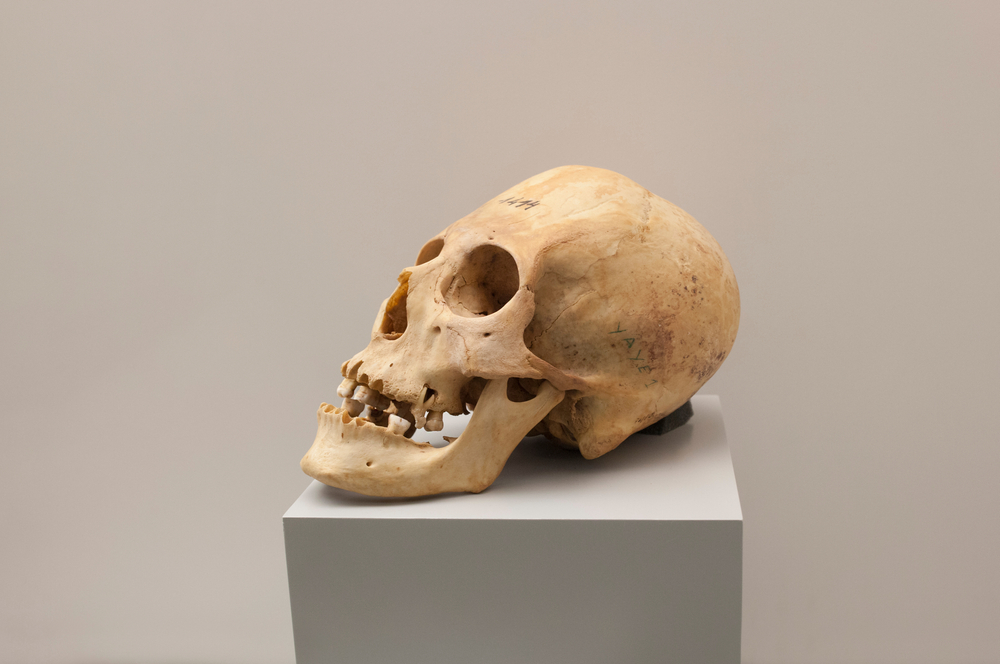Tracing the History and Health Impacts of Skull Modification
While people have intentionally altered their head shapes for thousands of years, researchers have only recently attempted to understand the practice's health effects.
By Eric Taipale
Jan 28, 2022 11:30 AM

An elongated skull from 2nd-century Chile on display at the Museum of the Americas in Spain (Credit: WH_Pics/Shutterstock)
From foot binding and scarification to dental alignment and ear piercings, the practice of modifying one’s body — usually for religious or aesthetic purposes — has followed us since the dawn of humankind. In fact, a 2020 study published in the American Journal of Physical Anthropology described noticeable dental abrasions and other oral anomalies on the skull of an archaic human specimen.
History provides many examples of permanent body alterations — among the most famous are the foot binding of women in traditional China and the insertion of lip plates employed by the Mursi people of Ethiopia. Another striking form of body modification called artificial cranial deformation has been adopted throughout our history and long fascinated researchers.
What Is Artificial Cranial Deformation?
Artificial cranial deformation (ACD) is the intentional manipulation of the skull's physical attributes, and is usually practiced on infants and facilitated by caregivers.
The desired shape is typically achieved through head binding or flattening. Although it has been utilized by groups throughout the world, the Maya people pioneered this technique by introducing a distinctive head-flattening apparatus — sometimes appearing similar to a cradleboard — that was affixed to the child's skull. Over time, the head shape would become elongated and conical due to the constant pressure exerted on the developing cranium. The Maya may have intended to protect young people’s souls and prevent injury from “evil winds.”
More:
https://www.discovermagazine.com/planet-earth/tracing-the-history-and-health-impacts-of-skull-modification

